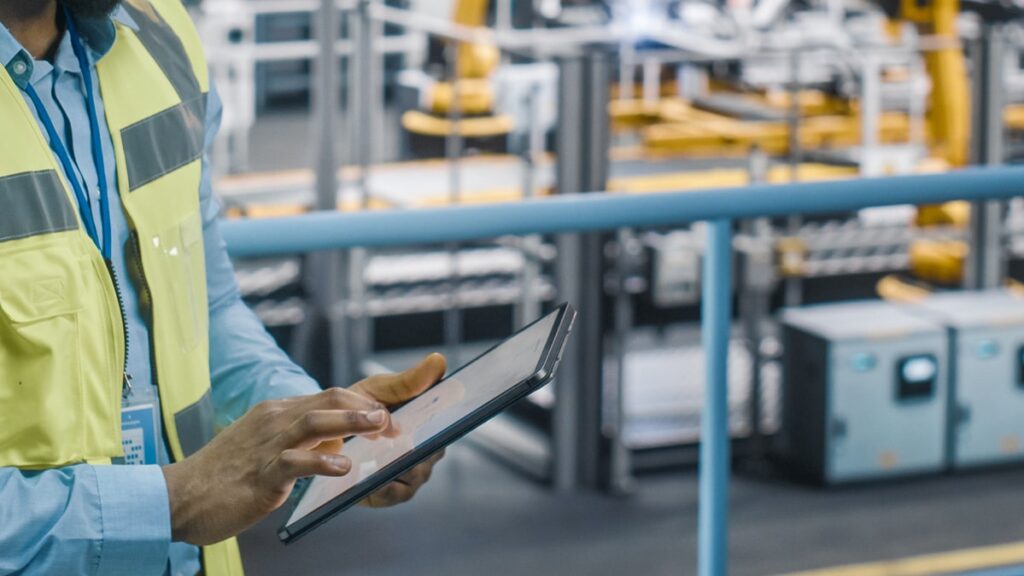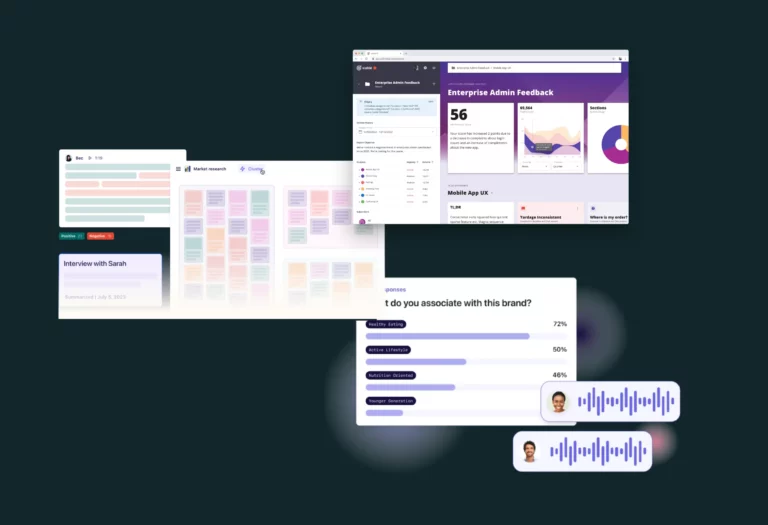Within industrials, over the past decade, a new innovation or technology was launched every 18 months, each promising to deliver massive shifts to the asset-heavy and B2B industries; Blockchain, IoT, and the Metaverse, to name a few. Other factors producing major changes include industrial customers’ expectations, from energy source transition to regulatory changes. Asset-heavy industrial organizations have scrambled to define their strategy when investing in new digital assets and are questioning the best course of action to extract maximum value from these investments.
One of the main challenges is deciding whether a particular technology should remain in-house as a competitive advantage or be commercialized to diversify company revenue streams. If the decision is made to commercialize the technology, the question remains of how you de-risk the process.
Innovation in asset-heavy industries
Data-driven solutions
Incorporating software, like AI and Machine Learning, into innovative solutions proves challenging when it requires questioning models and processes that have worked for decades. For key decision makers and business owners, complex analytical systems are challenging to grasp. Therefore, the conversation of implementing and leveraging them often comes to a halt, even when there are clear use cases.
The changes we’re seeing now in the industrial space are parallel to the ones seen in the 70s; engineering was introduced into the industrials space, elevating the industry into a new way of approaching its services and opening the door to new possibilities.
Like it happened then, leveraging data instead of relying on human expertise is the way forward for the B2B and industrial space — optimizing the use of existing assets, minimizing the margin of error, and opening up to new ways of imagining what’s next for industrials.
A mindset shift
Compared to other industries, when you begin new innovation projects in the asset-heavy industries space, people are often hard-wired to think that the project will be a success. It’s also how they allocate their resources. Implementing innovation in the industrial space requires a mindset shift.
Although many large organizations and their employees are not used to taking a chance on a small idea, iterating it to improve the concept, and processing the right data to validate the idea, the biggest challenge remains being open to new ways of doing things.
The importance of ecosystem collaboration
Collaborating across parties in an ecosystem, through open innovation, is critical to success when working in more complex B2B and industrial environments — you can never do it alone; it’s true now more than ever.
There’s room for multiple players
When we look at the B2B industry ecosystem, it has traditionally been governed by big-scale players. These worked as glue, sticking the rest of the collaborators together, and were known as the big decision-makers due to the resources they could invest.
But, because of the tech advances and the mindset shift pressing on this industry, partnerships should go beyond pure size. Partnerships and collaborations should happen with entities outside the organization. Businesses must leverage each others’ strengths, whether they are new technologies, resources, specific capabilities, or experience. Competing for a partnership isn’t always competing against similar organizations but against the internal ecosystems of the company you want to partner with.

When to form partnerships
Some of the world’s largest industrial companies don’t partner with other big players because of their traditional backgrounds. In turn, businesses could take a chance on lower-scale businesses, or a specific department within a business, to support operations, offer specific capabilities, or offer integrated solutions for these massive-scale organizations.
These partnerships between larger organizations and smaller players could become acquisitions if the given service creates a permanent need in the internal ecosystem. Trying, testing, and analyzing the impact results is a good way to pilot collaborations.
Constantly outsourcing for the same requirements might be a sign that your organization is in need of new in-house capabilities. This ecosystem challenge can also be addressed by having an internal system between multiple departments that lets you see the strategic needs through this internal collaboration network.
A partnership can help scale and expedite innovation efforts. If businesses don’t think of the ecosystem that makes up the industrial space, they’ll be working against themselves in the long run.
The million dollar question: How to de-risk investments in the B2B and industrial space?
There is no one-size-fits-all solution to de-risking investments, and there is no way to guarantee an innovative solution will work. At Board of Innovation, we de-risk investments through validation and in-market experimentation, and in our experience, de-risking investments in a B2B setting can be more challenging than in other industries.
These are two of the main components to de-risking innovation investments within asset-heavy industries.
Improving how you test new ideas
Understanding what a solution would look like at scale is one of the critical elements often overlooked when testing or piloting new solutions. We’ve seen failed prototypes and potential ideas killed, not necessarily because a solution won’t work, but because the outcomes of the testing stage are not forecasted at scale, so the benefits can’t be acknowledged.
Businesses need to be comfortable with the fact that the initial test outcomes may seem negative and that it can take a few months or years to reach the scale at which the idea is positively impacting the business.
Just like gauging the right metrics, measuring them at the right time can make or break your next successful innovation — KPIs should be different in different stages of implementing new solutions.
The mindset shift
We’ve talked about data management to optimize our approach to validating ideas. The human component is the second element to tackle when deciding to leverage existing assets and investments.
De-risking innovation investments requires a mindset shift around two core topics:
Budget management: Budget management is more than allocating resources across the innovation portfolio – it’s about understanding what a business will get out of a specific type and size of the investment. Businesses need to ensure that their entire innovation portfolio achieves the wanted impact and that no project is standing alone.
Expectation management: Business owners and senior management must embrace the trial and error element of investing in innovation projects. They need to be willing to take the initial blow in order to drive innovation pilots successfully. This includes closely tracking the outcomes of the initiatives and having a structured approach to validating them.
Let's sum it up
Incorporating new mindsets and models to leverage existing assets and optimizing the results of your efforts will require having the right structures in place — those that will enable internal project management and prioritization, make in-house and third-party collaboration possible, and improve the outcomes of existing investments as you step into the new opportunities that come with a tech-driven industrial and B2B space.
If you want a deeper dive into real-life cases where innovation challenges met the past models, check out the recording of the webinar on this topic.

Curious to dig deeper?
We’ve recorded our complete webinar on ‘Unlocking value for asset-heavy industries’ so you can gain deeper insights from B2B experts and their industry examples.


